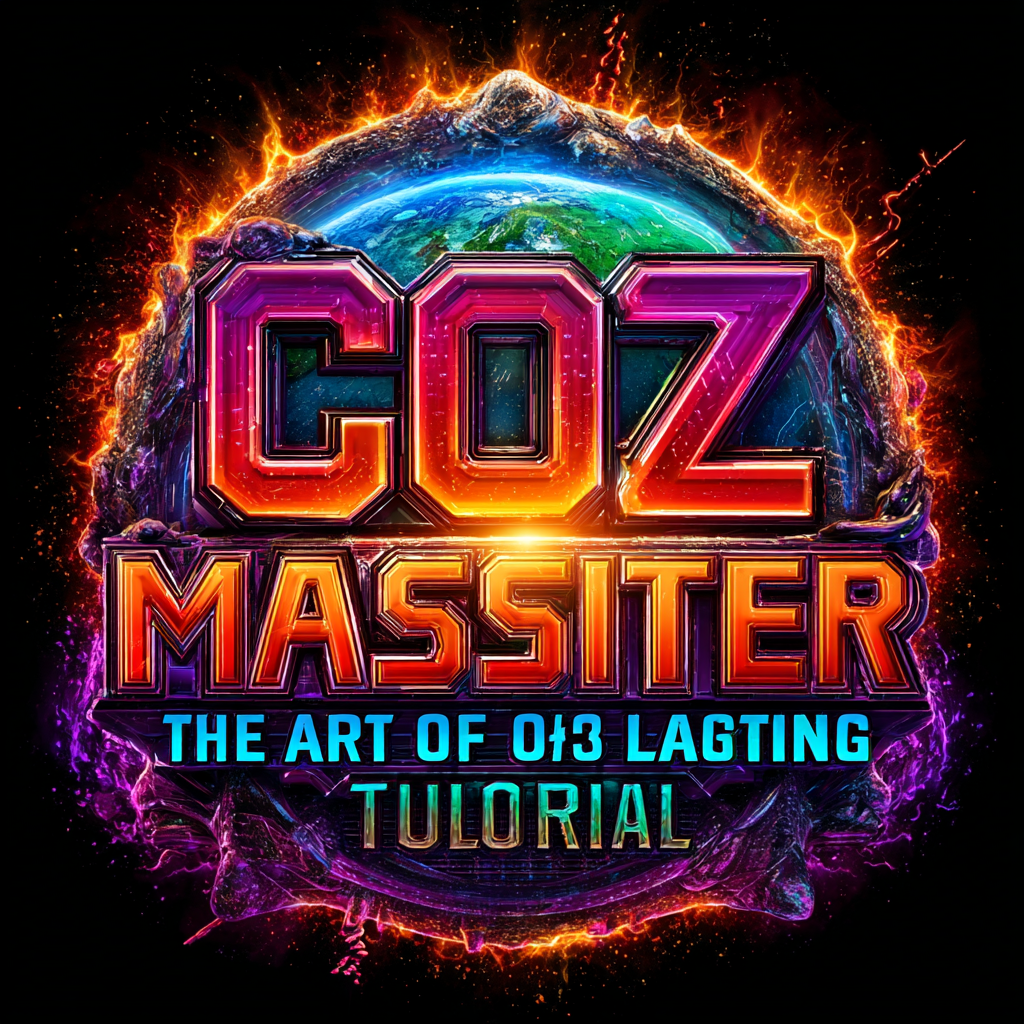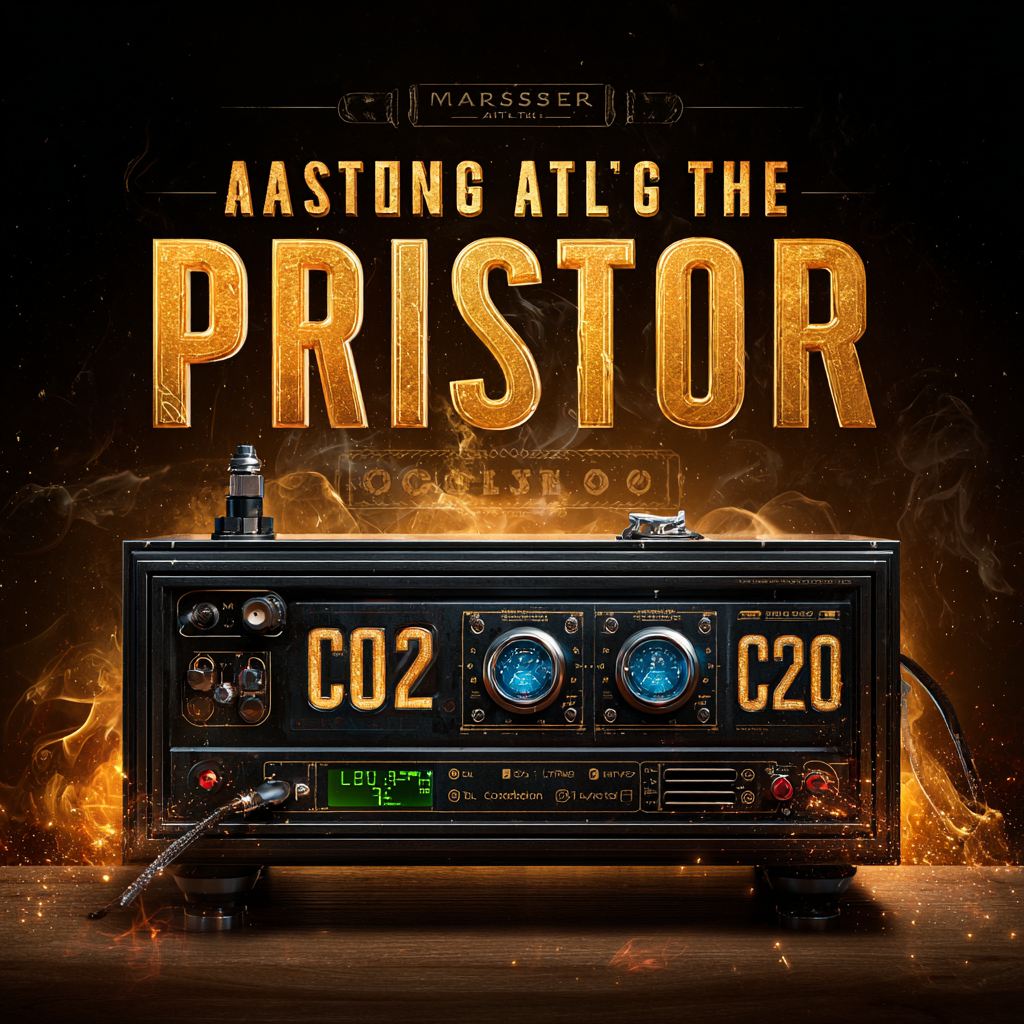© 2025 Messer Cutting Systems, Inc.
In the ever-evolving world of crafting and manufacturing, mastering precision cutting techniques can significantly enhance the quality of your projects. At the forefront of this innovation is the CO2 laser cutter, a powerful tool that allows creators to achieve intricate designs with unparalleled accuracy. In this blog, we will explore the various alternatives to traditional cutting methods and delve into the capabilities of CO2 laser cutters, showcasing their advanced technology and versatility. Whether you're a seasoned professional or a passionate hobbyist, understanding how to effectively use a CO2 laser cutter can elevate your work, allowing for a greater range of materials and complex designs. Join us as we break down essential techniques and tips to help you unlock the full potential of this remarkable cutting tool, ensuring your creative visions come to life with precision and flair.

CO2 laser cutting technology has revolutionized the way we approach precision cutting in various industries. At its core, CO2 laser cutting employs a high-powered laser beam that is generated by exciting gas mixtures of carbon dioxide, nitrogen, and hydrogen. This beam is then focused through a lens, creating a concentrated spot of light that can cut through a wide range of materials, including wood, acrylic, fabric, and even metals. Understanding the fundamental principles of this technology is crucial for anyone looking to master the art of precision cutting.
The effectiveness of CO2 laser cutting lies in its ability to create intricate designs with remarkable accuracy. When the laser beam contacts the material, it heats it to a point where it vaporizes, resulting in clean edges without the need for additional finishing. This process not only enhances the quality of the cuts but also increases efficiency, as it significantly reduces material waste compared to traditional cutting methods. By grasping the underlying mechanics of CO2 lasers, users can optimize their cutting strategies, whether they are crafting bespoke items or mass-producing components for manufacturing.
When it comes to precision cutting, selecting the right CO2 laser cutter is crucial for achieving superior results. A CO2 laser cutter excels in delivering intricate designs and clean edges on various materials, such as wood, acrylic, and fabrics. Before making a purchase, consider the specific applications you plan to undertake. For intricate projects, a machine with a high wattage will provide improved speed and efficiency, allowing for more delicate cuts without compromising on quality.
**Tip:** Always assess the bed size of the laser cutter. A larger bed size allows for bigger projects and enables easier handling of larger materials. Additionally, look for models that include adjustable settings for speed and power. This flexibility can make a significant difference in cutting through different thicknesses of materials, enhancing the versatility of your laser cutter.
**Tip:** Invest in a reliable cooling system and a robust exhaust mechanism. CO2 laser cutting can generate excess heat and fumes that could affect both the quality of your cuts and the safety of your work environment. A well-designed cooling system will help maintain optimal operating temperatures, ensuring a longer lifespan for your equipment and consistent performance on your cutting projects.
This chart illustrates the effectiveness of various CO2 laser cutters in precision applications based on their cutting speed (mm/s) and the material thickness they can efficiently handle (mm).
 Precision cutting and engraving are essential in various industries, from manufacturing to crafting. According to a recent report from the National Institute of Standards and Technology, the laser cutting market is projected to grow by over 5% annually, reaching $6.4 billion by 2025. This highlights the increasing demand for accurate and efficient cutting technologies, especially CO2 laser cutters known for their precision.
Precision cutting and engraving are essential in various industries, from manufacturing to crafting. According to a recent report from the National Institute of Standards and Technology, the laser cutting market is projected to grow by over 5% annually, reaching $6.4 billion by 2025. This highlights the increasing demand for accurate and efficient cutting technologies, especially CO2 laser cutters known for their precision.
To master techniques for accurate cutting and engraving, one must understand the intricacies of laser settings, including power, speed, and frequency. An optimal combination of these factors can dramatically enhance results, achieving clean cuts and detailed engravings. For instance, research indicates that adjusting the power output by just 10% can lead to significant differences in material interactions, impacting both the quality and efficiency of the cutting process. Users often benefit from experimenting with different materials, as each reacts uniquely to CO2 lasers, allowing them to refine their techniques further.
Moreover, employing advanced software for design and workflow can streamline the engraving process. Industry reports suggest that integrating such software can reduce production times by up to 30%, providing a substantial edge in meeting market demands. Knowledge of the best practices in design and laser operation is crucial for maximizing the capabilities of a CO2 laser cutter, positioning businesses to thrive in a competitive landscape.
The laser cutting industry is poised for significant growth as we approach 2025, driven by advancements in technology and increasing demand across various sectors. According to a report by MarketsandMarkets, the global laser cutting market is projected to reach approximately $6.5 billion by 2025, growing at a compound annual growth rate (CAGR) of over 5.5% from 2020. This surge can be attributed to the rising adoption of laser cutting techniques in industries such as automotive, aerospace, and manufacturing, where precision and efficiency are paramount.

Moreover, the trend towards automation and the use of Industry 4.0 technologies are shaping the future of laser cutting. A study by Grand View Research indicates that the integration of AI and machine learning into laser systems enhances cutting accuracy, speeds up production times, and reduces waste. As companies prioritize sustainability and cost efficiency, the demand for CO2 laser cutters, known for their versatility and precision in cutting various materials, is expected to intensify, further fuelling market growth.
The ongoing innovations in laser technology will likely redefine manufacturing processes, presenting unique opportunities for businesses aiming to stay competitive in a rapidly evolving market.
When engaging in CO2 laser cutting operations, maintenance and safety practices are paramount to ensure both the longevity of your equipment and the well-being of operators. Routine maintenance of your laser cutter involves regular inspection of key components, including lenses, mirrors, and cooling systems. Cleaning these parts not only enhances cutting precision but also prevents potential breakdowns. It's crucial to replace worn-out components promptly, as this can significantly impact the quality of your cuts and the efficiency of your workflow.
Safety should never be overlooked in a CO2 laser cutting environment. Operators must always wear appropriate protective gear, including safety glasses designed to block harmful laser wavelengths. It's also essential to have proper ventilation in the workspace to mitigate the risk of inhaling harmful fumes generated during cutting. Establishing clear operational protocols and ensuring that all personnel are trained in emergency procedures can greatly reduce accidents. Additionally, maintaining a clean workspace minimizes fire hazards, as debris and flammable materials can pose significant risks. By prioritizing maintenance and safety, you can master the art of precision cutting while safeguarding both your equipment and your team.
| Aspect | Details |
|---|---|
| Laser Type | CO2 Laser |
| Cutting Thickness | Up to 20mm for wood and acrylic |
| Operating Speed | Max 600 mm/s |
| Cooling System | Water cooling |
| Lens Type | Standard focal lens (50.8mm) |
| Maintenance Frequency | Every 500 hours of use |
| Safety Gear | Safety goggles, gloves, ventilation mask |
| Common Materials | Wood, acrylic, leather, paper |
| Risk Factors | Fire hazards, eye damage, toxic fumes |
© 2025 Messer Cutting Systems, Inc.